If you've been looking for home theater components, you've probably come across 2-channel class-D amplifiers. But what exactly are they, and what do they serve? Let's have a deeper discussion of these highly efficient marvels.
First: Defenition to The 2-channel Class D Amplifier
The 2-channel class D amplifier produces a higher frequency switching waveform than the highest studio signal that needs to be reproduced. This waveform's low-pass filtered average value corresponds to the actually required audio waveform.
2-channel class D amplifier comes with the most higher efficiency (will be up to 90% or more). This is because the output transistors are fully turned on or off when you are operating it.
So it will reduce the usage of the transistor's linear area. However, the linear area is the exact reason for the inefficiency of other amplifier types. Now, the 2-channel class D already comes with the same fidelity comparable to the class AB amplifier.
On our website, you can check the A50+ amplifier.
Second: How Does a 2-channel Class D Amplifier Work
A switching amplifier is another name for a class-D amplifier. A 2-channel class D amplifier employs pulse width modulation rather than linear gain stages to boost the input signal.
May it is a difficult topic. However, it will convert the input signal into pulses. After that, the output stage will be switched back and forth at a high frequency. What's more, it will correspond to the converted signal pulses.
And the next step is the amplified signal will be processed and passed through a filter to restore the original waveform and remove the high-frequency noise.
This conversion will be much simpler than a digital-to-analog and back conversion. Although, they have similar features to some degree.
People sometimes mistakenly assume that 2-channel class D amplifiers are "digital" amplifiers. This could be due to the process or the "D" in class-d.
Third: Why 2-Channel Class D Amplifier is Special
2-channel class D amplifiers only require smaller power transformers. But class-AB amplifiers will require music more. The reason the pulse width modulation will allow amplification to happen at much higher frequencies than normal. In this situation, you can use more amplification in a smaller space.
These amplifiers are extremely efficient, generating more volume with less power. 2-channel Class D amplifiers frequently achieve maximum efficiency values of 90% or higher. Whereas class-AB amplifiers rarely achieve more than 60% efficiency.
However, 2-channel class D amplifiers also have flaws. It is not suitable for those audiophiles. The low-pass filters intend to filter out unwanted noise, but it will affect the high-end. Also, some 2-channel class D amplifiers will also occur distortion, so audiophiles will not prefer this kind of amplifier.
Regardless of those flaws, the features of high efficiency and small space make the 2-channel class D amplifier become the ideal choice for various applications.
Fourth: Some Common Uses For 2-Channel Class D Amplifier
From the above content, we know the 2-channel class D amplifiers take up small space and provide high efficiency. So it also becomes the first choice for DIYers who like to make audio projects. This 2-channel class D amplifier will also be found frequently inside Bluetooth speakers.
On the other hand, some Bluetooth headphones also use the 2-channel class D amplifier. However, other types of amplifiers can also be a candidate for Bluetooth headphones because of their relatively low volume. 2-channel class D amplifiers can be also found in other products, like portable headphone amplifiers and stereo amplifiers. But also, people will connect passive speakers to class D amplifier.
Subwoofers are a popular application for 2-channel class-D amplifiers. When weighing the benefits and drawbacks of v2-channel class-D amplifiers, it appears that they were designed with subwoofers in mind.
The main reason is when the 2-channel class D amp only be used for the bass frequencies, the audio issues will disappear. Then the small size and high efficiencies can help you to pack more power into a subwoofer.
Fifth: Advantage of the 2-Channel Class D Amplifier
Normally, the conventional transistor amplifier has a transistor that can supply the instantaneous continuous output current.
Audio systems can be implemented in a variety of ways, including Classes A, AB, and B. Even the most efficient linear output stages have a high output-stage power dissipation when compared to Class D designs.
Because of the lower power dissipation, the 2-channel class D amplifier has an important advantage for many applications. It only produces less heat and saves circuit board space and cost. Also, it will extend battery life.
Sixth: Difference Between Class AB Amplifier and 2-Channel Class D Amplifier
In reality, Class AB amplifiers are heavier than Class D amplifiers, and they run hotter and are less efficient. Class D amplifiers, on the other hand, are extremely efficient. They draw less current and run much more smoothly than Class AB amplifiers. It is also worth noting that they are typically much smaller.
Seventh: Why 2-Channel Class D Amplifier Become Your Choice
Class D amplifiers are extremely efficient and produce signals quickly by switching transistors on and off. This procedure is similar to digital processing. These, however, are not digital amplifiers. Although some of these amplifiers have digital control circuits, their circuits are entirely analog.
Many audiophiles claim that in order to get the most out of these amplifiers, they must filter out the generated distortion.
Do you see why Class D amplifiers are the preferred choice? If perfect fidelity is important to you, 2-channel Class D amplifiers may not be the best choice. The distortion problem exists.
However, if you're looking for smaller and lighter amps that run cooler than other options with comparable power, they're the clear winner.
Final Consideration
Class D amplifiers are now highly efficient. They can match the performance of Class AB amplifiers. This is only possible if the right components are chosen and the layout takes into account the effect of parasitic components.
Advances in semiconductor technology are driving the use of 2-channel Class D amplifiers. This is thanks to their higher efficiency, increased power density, and improved audio performance.
Increased efficiency necessitates using less power from a power supply and using smaller or no heat sinks for the amplifier.
These are significant advantages of the portable battery-powered device. The 2-channel class-D amplifier operates in an on/off mode. Many people mistakenly believe that the "D" in Class D stands for "digital."
This is not true. The signal is not digitally encoded. The class-D function is based on analog principles.
Class-D amplifiers are used in a variety of portable products. Examples include mobile phones, high-end professional amplifiers, musical instruments, and home multi-media systems.



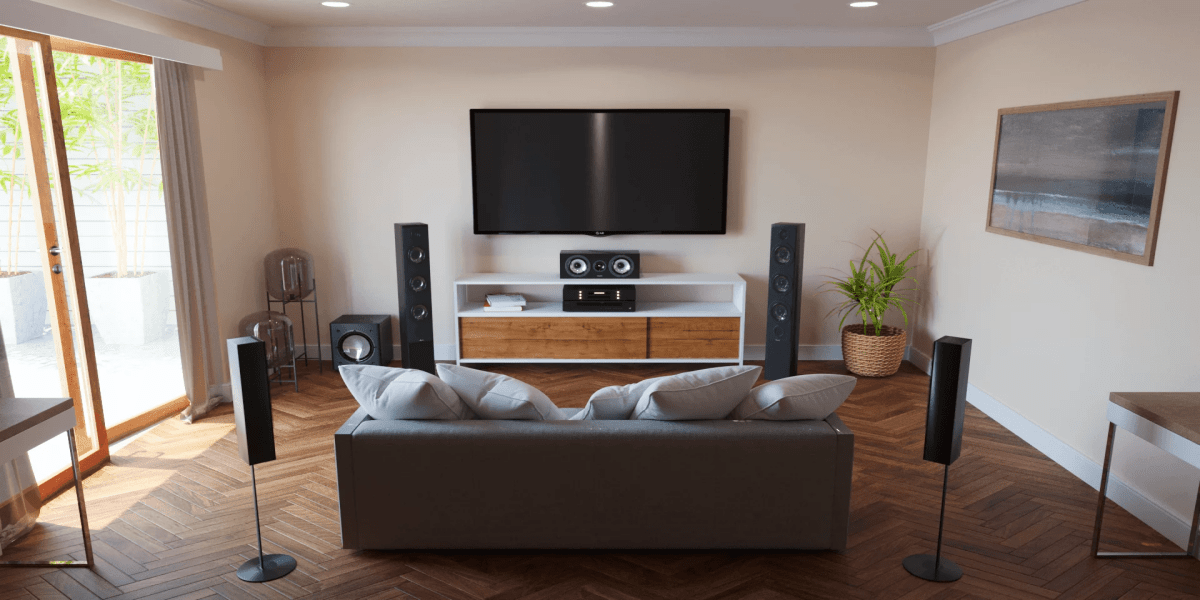
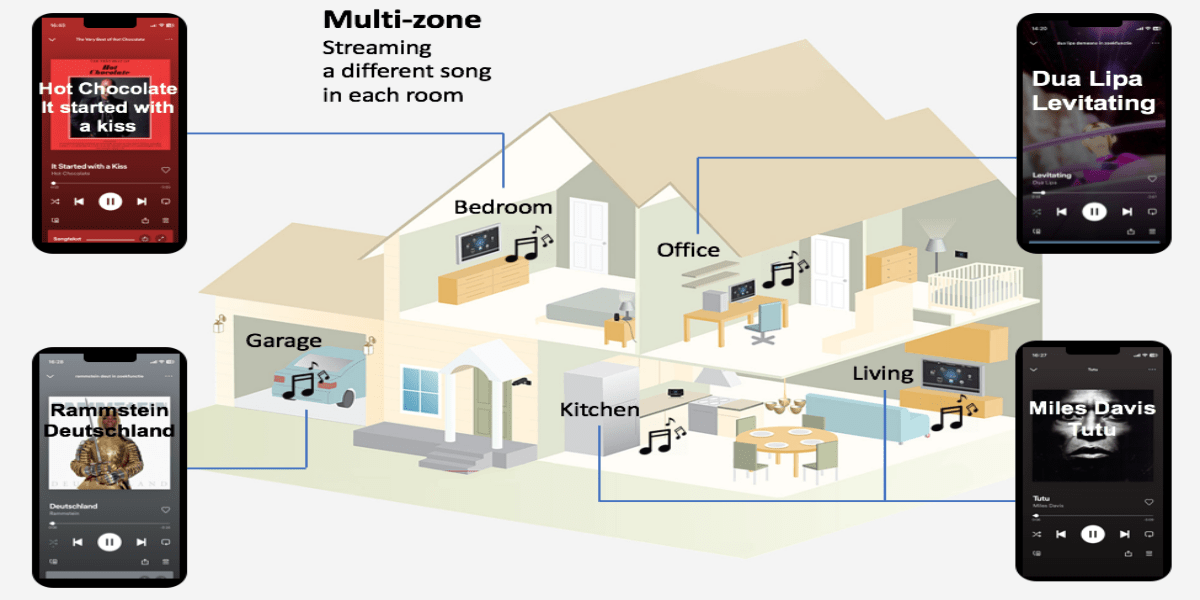
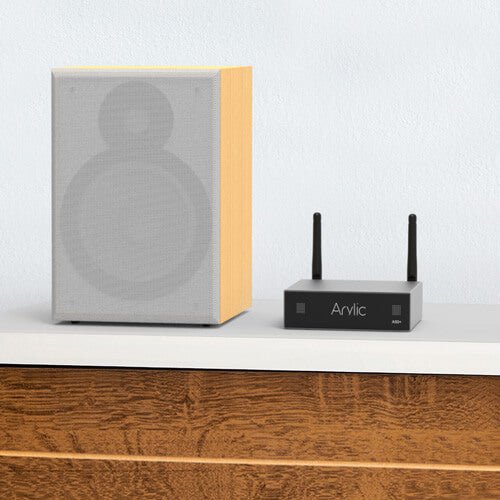
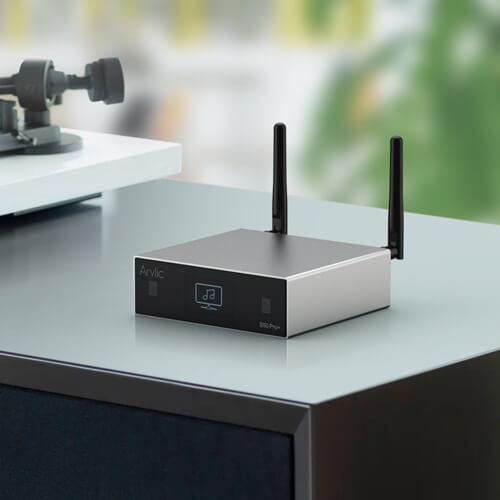
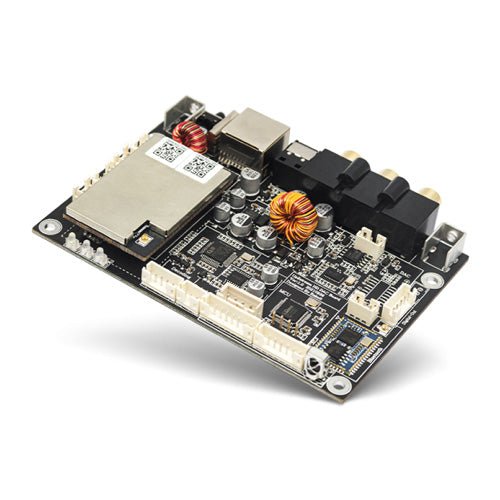
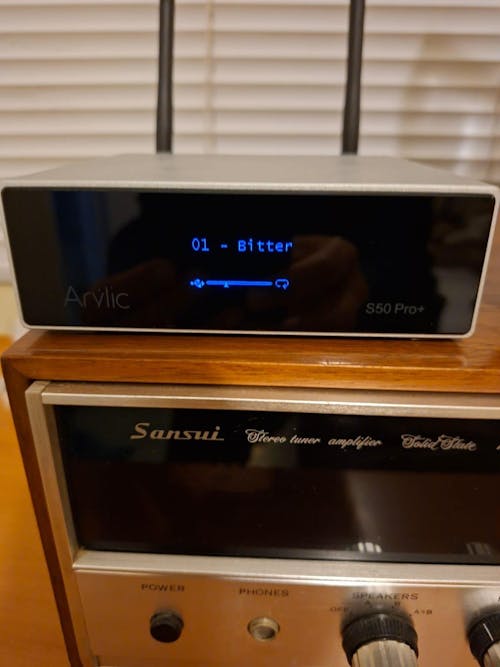
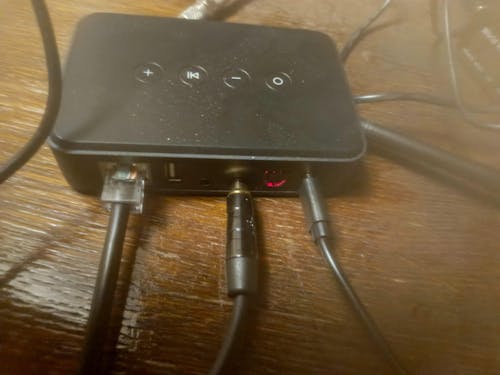
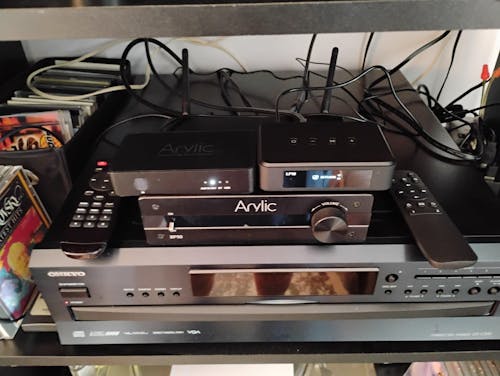
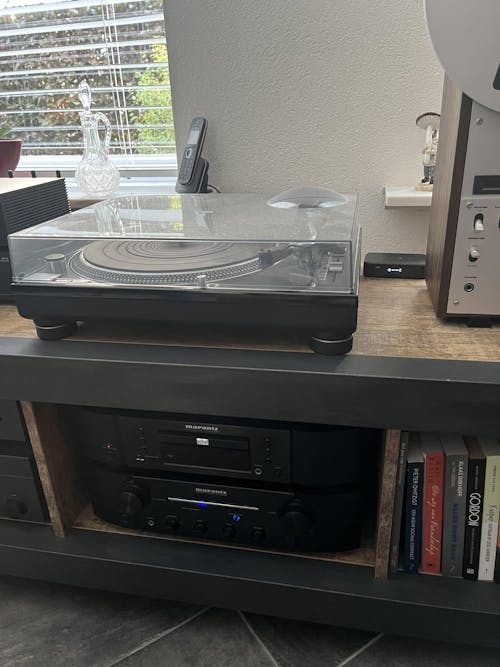

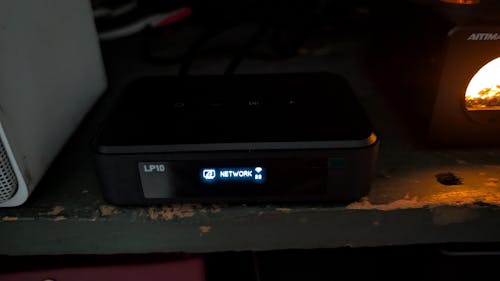
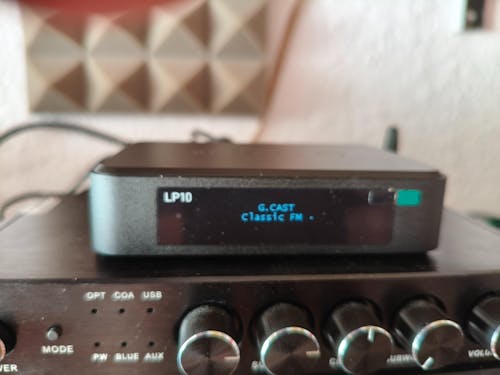


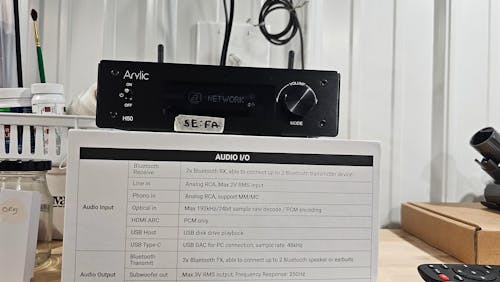
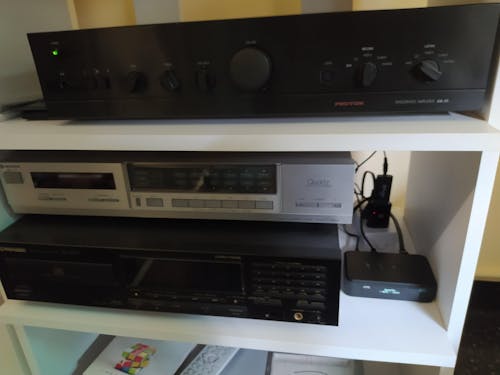
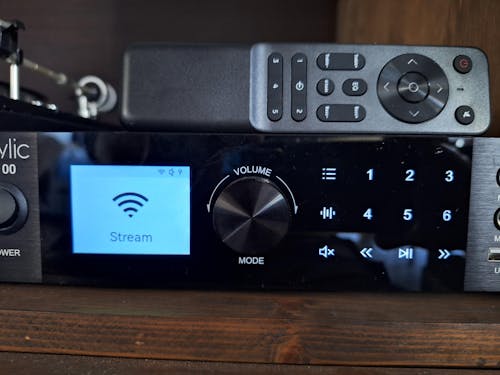
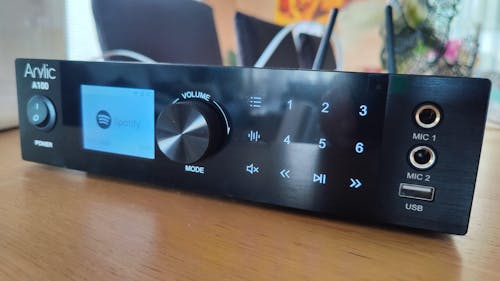

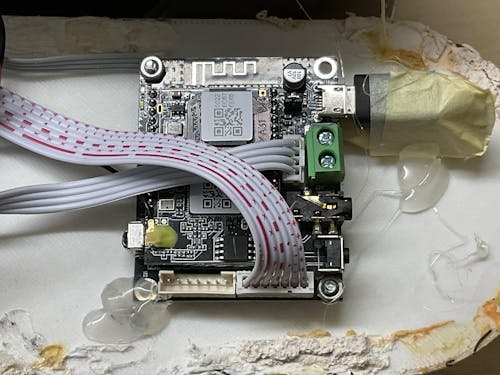
Leave a comment
All comments are moderated before being published.
This site is protected by hCaptcha and the hCaptcha Privacy Policy and Terms of Service apply.